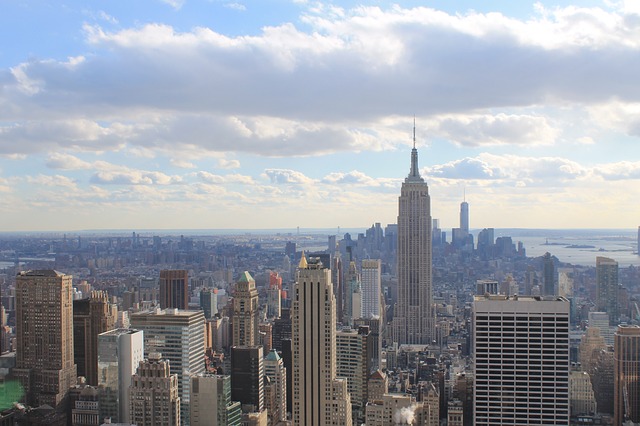Global giants
A city is a human settlement with a large population. While cities have been a feature of human civilisations for many centuries, they have only become the predominant way of life as a result of industrialisation, with rapid urbanisation meaning that more than half the world’s population now lives in cities.
Global cities (sometimes referred to as power cities, world cities, alpha cities or world centres) are cities that form primary urban hubs in the global economy. The criteria for the designation of global cities is highly contested, but generally global cities are thought to include:
For more information see: Global cities.
Redefining global cities: The seven types of global metro economies, published by the Global Cities Initiative in 2016, defines global giants as: ‘Large, wealthy hubs with concentrations of corporate headquarters; they serve as the command and control centers for the world’s largest advanced economies.’
Global giants are nodes for the world's financial markets, capital and talent and typically have large populations, a high concentration of wealth, high GDP and significant direct foreign investment. They are highly innovative and have a large amount of air traffic.
It is generally accepted that there are six global giants:
Asian anchors are in fast growing areas of the world and are similar to global giants, but less wealthy and less globally connected and have lower productivity. For more information see: Asian anchors.
[edit] Related articles on Designing Buildings
Featured articles and news
Grenfell debarment investigations paused
By request of CPS to safeguard integrity of criminal proceedings. The community reacts.
Delivering for tenants; National Retrofit Hub
New report offers recommendations to strengthen energy efficiency standards to protect private renters.
Government consultations for the summer of 2025
A year of Labour, past and present consultations on the environment, the built environment, training and tax.
CMA competitiveness probe of major housing developers
100 million affordable housing contributions committed with further consultation published.
Homes England supports Greencore Homes
42 new build affordable sustainable homes in Oxfordshire.
Zero carbon social housing: unlocking brownfield potential
Seven ZEDpod strategies for brownfield housing success.
CIOB report; a blueprint for SDGs and the built environment
Pairing the Sustainable Development Goals with projects.
Types, tests, standards and fires relating to external cladding
Brief descriptions with an extensive list of fires for review.
Latest Build UK Building Safety Regime explainer published
Key elements in one short, now updated document.
UKGBC launch the UK Climate Resilience Roadmap
First guidance of its kind on direct climate impacts for the built environment and how it can adapt.
CLC Health, Safety and Wellbeing Strategy 2025
Launched by the Minister for Industry to look at fatalities on site, improving mental health and other issues.
One of the most impressive Victorian architects. Book review.
Common Assessment Standard now with building safety
New CAS update now includes mandatory building safety questions.
RTPI leader to become new CIOB Chief Executive Officer
Dr Victoria Hills MRTPI, FICE to take over after Caroline Gumble’s departure.
Social and affordable housing, a long term plan for delivery
The “Delivering a Decade of Renewal for Social and Affordable Housing” strategy sets out future path.
A change to adoptive architecture
Effects of global weather warming on architectural detailing, material choice and human interaction.
The proposed publicly owned and backed subsidiary of Homes England, to facilitate new homes.
How big is the problem and what can we do to mitigate the effects?
Overheating guidance and tools for building designers
A number of cool guides to help with the heat.
The UK's Modern Industrial Strategy: A 10 year plan
Previous consultation criticism, current key elements and general support with some persisting reservations.
Building Safety Regulator reforms
New roles, new staff and a new fast track service pave the way for a single construction regulator.



























